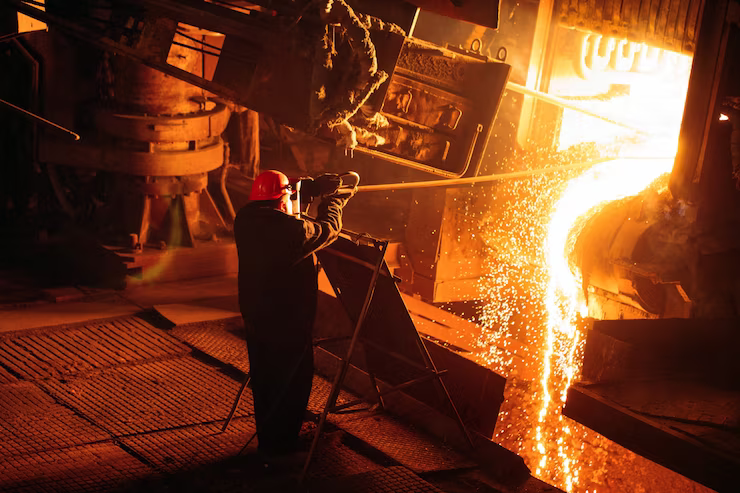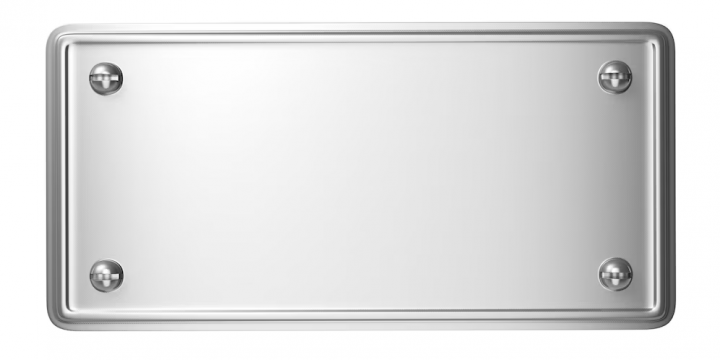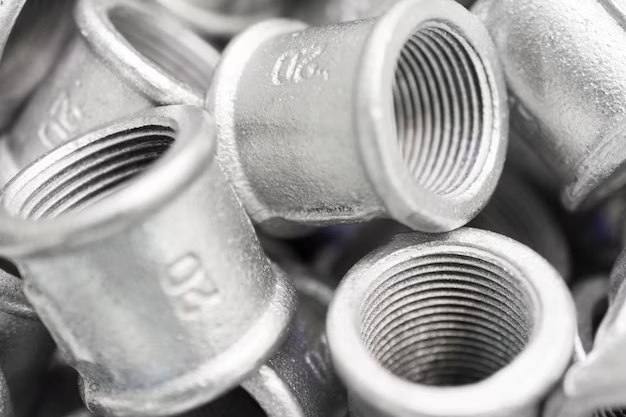About Forgings
In the vast landscape of manufacturing processes, forging stands out as a time-tested and crucial technique that has been integral to shaping various industries for centuries. The art of forging involves shaping metal through localized compressive forces, resulting in robust and durable components. This guide aims to unravel the intricacies of forging in manufacturing, providing a comprehensive overview of its types, applications, advantages, and the evolving landscape of modern forging techniques.
Chapter 1: The Basics of Forging
1.1 Definition and Historical Context:
Forging, at its core, is a metalworking process that involves the application of force to shape and deform metal into a desired form. This method dates back to ancient civilizations, where blacksmiths forged weapons and tools using manual hammers and anvils. Over time, forging has evolved into a sophisticated manufacturing process with various techniques catering to diverse industries.
1.2 Types of Forging:
There are several methods of forging, each tailored to specific requirements:
1.2.1 Open-Die Forging: This process involves deforming a piece of metal between multiple dies that do not entirely enclose the material. Open-die forging is highly versatile, allowing for the creation of intricate shapes and large components.
1.2.2 Closed-Die Forging: Also known as impression-die forging, this method involves the use of dies that contain a precut profile of the desired component. The metal is then compressed within the dies, resulting in precise and intricate shapes.
1.2.3 Upset Forging: In upset forging, the length of the workpiece is increased while its diameter decreases. This is commonly used to produce bolts and similar components.
Chapter 2: Applications of Forging
2.1 Automotive Industry:
Forged components play a vital role in the automotive sector, where strength and durability are paramount. Crankshafts, connecting rods, gears, and axles are often forged to ensure the structural integrity and performance of vehicles.
2.2 Aerospace Industry:
In the aerospace industry, where lightweight and high-strength materials are crucial, forging finds extensive use. Critical components like turbine disks, landing gear, and structural elements are often forged to meet the stringent requirements of aviation.
2.3 Oil and Gas Industry:
Forged components are essential in the oil and gas sector, particularly for equipment subjected to extreme conditions. Drill bits, valves, and various fittings are commonly produced through forging to withstand the harsh environments encountered in oil and gas exploration.
2.4 Power Generation:
Forgings play a crucial role in power generation, where components must endure high temperatures and pressures. Turbine blades, generator shafts, and other critical parts are often forged to ensure reliability and longevity in power plants.
Chapter 3: Advantages of Forging
3.1 Strength and Durability:
One of the primary advantages of forging is the enhancement of material strength. The process aligns the grain structure of the metal, resulting in superior mechanical properties such as increased tensile strength and fatigue resistance. Forged components are known for their durability and ability to withstand heavy loads.
3.2 Cost Efficiency:
While forging may involve higher initial tooling costs, the long-term cost efficiency is often superior. The enhanced strength and durability of forged components reduce the need for frequent replacements and maintenance, ultimately saving costs over the product’s lifecycle.
3.3 Improved Microstructure:
Forging refines the microstructure of the metal, eliminating defects and improving the overall quality of the material. This leads to better performance and reliability, especially in critical applications where material integrity is paramount.
Chapter 4: Modern Advances in Forging Techniques
4.1 Computer Numerical Control (CNC) Forging:
Advancements in technology have paved the way for CNC forging, where computer-controlled machines precisely execute forging processes. This not only enhances accuracy but also allows for the production of complex geometries with minimal material waste.
4.2 Isothermal Forging:
Isothermal forging involves maintaining a constant temperature during the deformation process, resulting in improved material flow and reduced energy consumption. This technique is particularly beneficial for forging temperature-sensitive materials and complex shapes.
4.3 Additive Manufacturing and Forging Hybrid Processes:
The integration of additive manufacturing, such as 3D printing, with traditional forging processes, has opened up new possibilities. Hybrid approaches enable the production of components with intricate internal structures and customized designs, combining the benefits of both techniques.
Chapter 5: Challenges and Future Trends in Forging
5.1 Environmental Concerns:
While forging is inherently energy-intensive, there is a growing focus on developing more sustainable practices within the forging industry. Research and development efforts are underway to reduce energy consumption, optimize material usage, and implement eco-friendly forging processes.
5.2 Digital Twins and Simulation:
The use of digital twins and advanced simulation tools is becoming more prevalent in the forging industry. These technologies allow manufacturers to simulate the entire forging process digitally, optimizing designs and predicting potential issues before actual production.
5.3 Smart Forging Facilities:
The concept of smart forging facilities involves the integration of sensors and data analytics to monitor and optimize the forging process in real-time. This leads to improved efficiency, reduced waste, and enhanced quality control.
Conclusion:
In conclusion, forging stands as an enduring and indispensable art within the manufacturing realm, shaping industries and providing a backbone for countless applications. Its longevity speaks to its effectiveness in producing components with unparalleled strength, durability, and reliability. As technology propels the manufacturing sector into new frontiers, forging continues to adapt, incorporating digital innovations and sustainable practices.
For those seeking reliable forging manufacturers and suppliers to meet their industrial needs, Enggpro emerges as a valuable resource. Enggpro, with its extensive network of engineering professionals and manufacturers, simplifies the process of connecting with top-tier forging experts. Whether you are in the automotive, aerospace, oil and gas, or power generation industry, Enggpro facilitates the search for forging solutions tailored to your specific requirements.
As we navigate the dynamic landscape of manufacturing, Enggpro serves as a bridge between industry professionals and cutting-edge forging capabilities. Explore the possibilities, forge ahead with confidence, and discover the right forging manufacturer and supplier through Enggpro’s comprehensive platform. In the ever-evolving world of manufacturing, Enggpro is your trusted partner for forging connections that endure.



